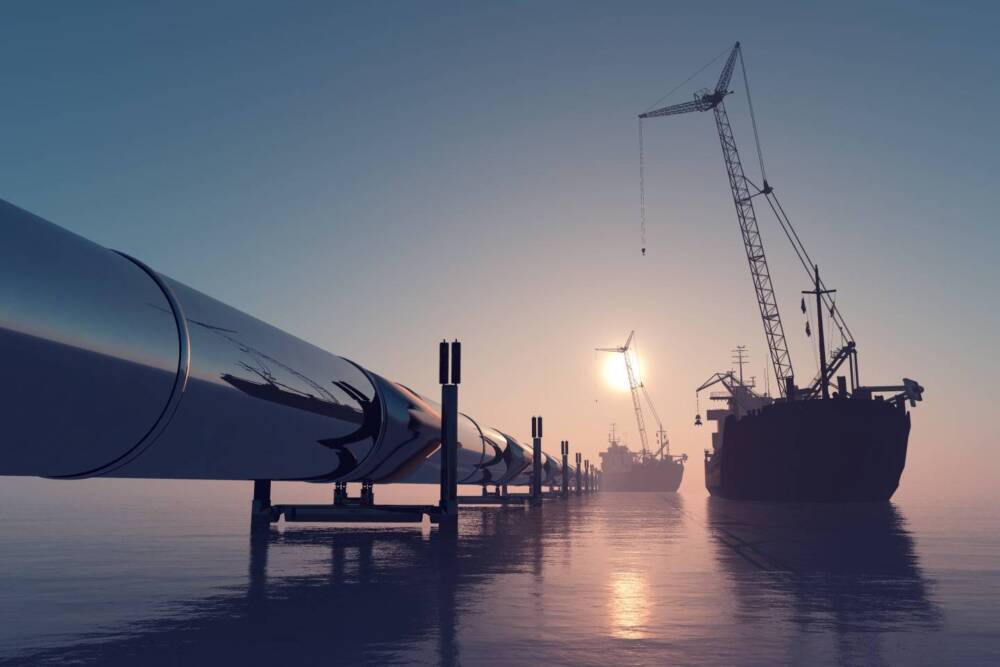(From an article by Nick Lavars on newsatlas.com*)
With our long history of altering the environment through manmade structures, we humans sure have made our mark on the Earth in our relatively short time here. Scientists in Australia have turned their attention to what this perpetual development means for the world’s marine environments, calculating the extent of our construction footprint on the oceans for the first time ever.
The research was carried out at Australia’s University of Sydney and the Sydney Institute of Marine Science, with the team collating data on marine-built structures of all kinds. These include oil rigs, wind farms, the length of telecommunication cables, commercial ports, bridges and tunnels, artificial reefs and aquaculture farms, with the data painstakingly sourced from the individual sectors of these different industries.
The result is what the scientists call the first map of human development in the world’s oceans, revealing how much of the marine environment had been altered by our activity. According to the team, a total of around 30,000 sq km (11,600 sq mi) has been modified by human construction, which amounts to 0.008 percent of the entire ocean. But as lead author Dr Ana Bugnot explains, the effects are a lot more far-reaching than that.
“The effects of built structures extend beyond their direct physical footprint,” she tells New Atlas. “Marine construction can modify surrounding environments by changing ecological and sediment characteristics, water quality and hydrodynamics, as well as noise and electromagnetic fields.”
Dr Bugnot and her team drew on existing data and research to quantify the impact of these types of flow-on effects, and found that the footprint of these structures is actually two million square kilometers (770,200 sq mi), more than 0.5 percent of the ocean as a whole. Among the more surprising revelations from the analysis were that 40 percent of the physical footprint of all structures can be attributed to aquaculture farms in China, and that noise pollution can carry up to 20 km (12 mi) from commercial ports.
Please go to newsatlas.com to read the full article by Nick Lavars.

